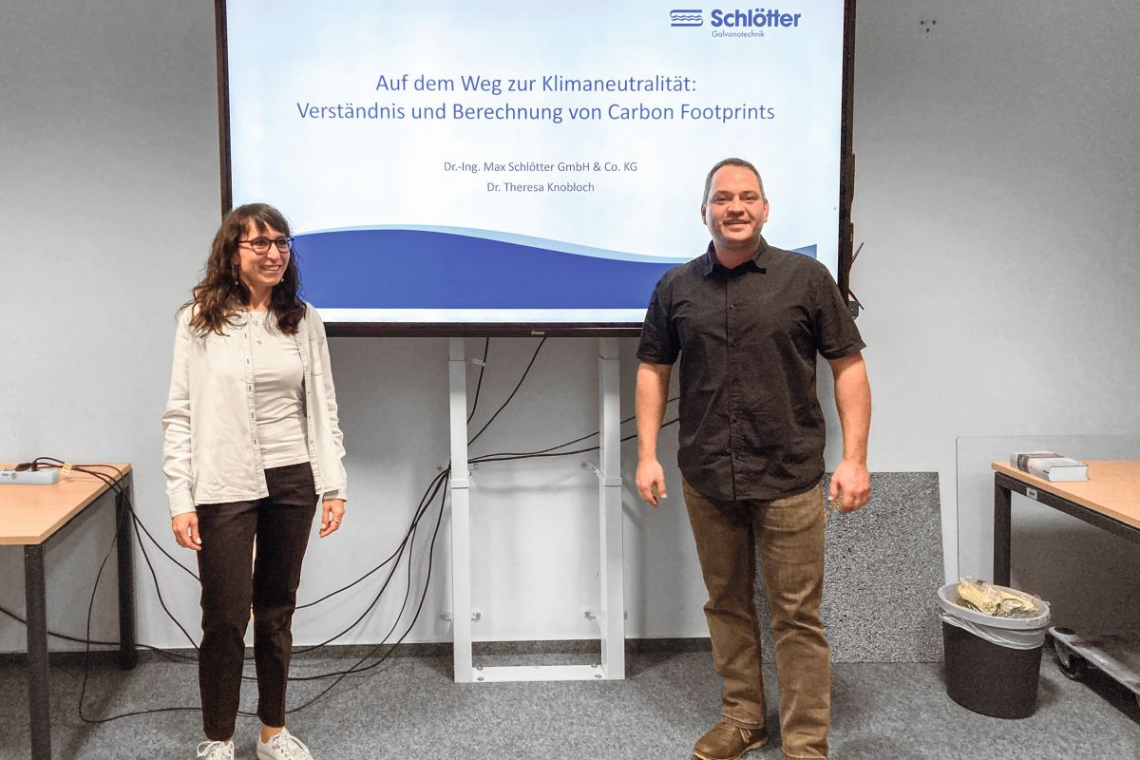After a long break, the DGO Thuringia district group continued its lecture series with the topic "On the road to climate neutrality: understanding and calculating carbon footprints". Dr. Theresa Knobloch, Sustainability & Climate Protection Manager at Dr.-Ing. Max Schlötter, was invited to speak on this topic. The speaker had already given a similar presentation on this topic in June 2024 at an event organized by the DGO Saxony district group. After briefly introducing the company, she explained the termCO2 footprint as a sustainability indicator and measure of the totalCO2 emissions caused by activities or products. There are many different ways to achieve climate neutrality. Climate neutrality can be achieved by calculating, reducing and then offsetting the results obtained. In the Corporate Carbon Footprint (CCF), the recording of greenhouse gas emissions is divided into the following three stages of the GHG Protocol:
Scope 1 -Direct emissions (fuels, PV systems, air conditioning systems, ...)
Scope 2 - Indirect emissions - energy sources (electricity, district heating, steam)
Scope 3 -Indirect emissions - upstream/downstream activities (raw materials, upstream and downstream transportation)
The collection of the required data in the company is subject to certain accuracy limits, but shows important trends. As an initial indication of which data must be recorded, it is assumed that higher costs usually also cause higher emissions. All data on operational processes is recorded and analyzed using software. They form the basis for suitable operational strategies for climate neutrality and thus for influencing the carbon footprint. Such options for reducing emissions include
- Building insulation, waste water utilization, electric vehicles
- green electricity, LED lights, ...
- Collective transportation
- Improvements in commuter traffic
In a further calculation, Knobloch compared an alkaline and an acidic zinc-nickel process. This showed that the alkaline process has a higherCO2 emission, which was mainly due to the poorer electricity yield. At the end of the presentation, the speaker referred to guidelines, templates and laws on climate neutrality.


